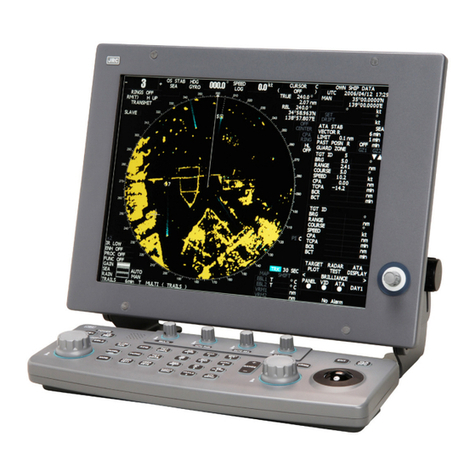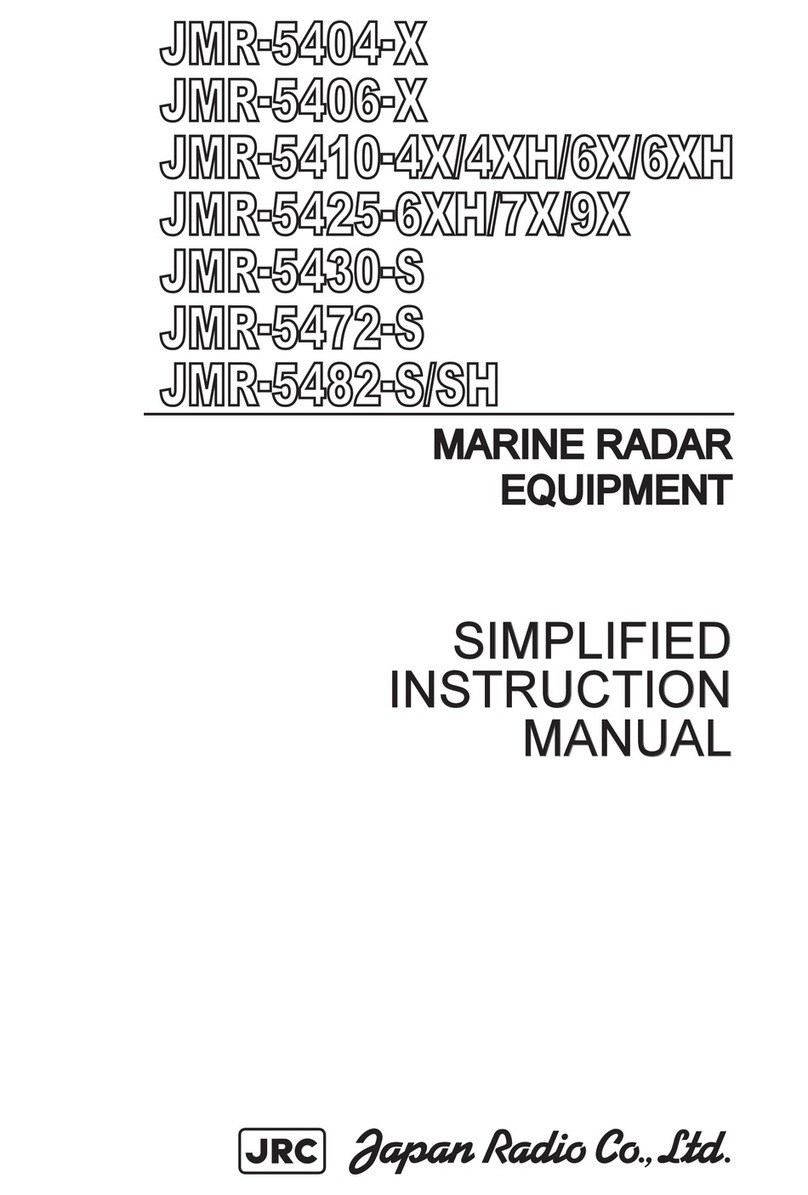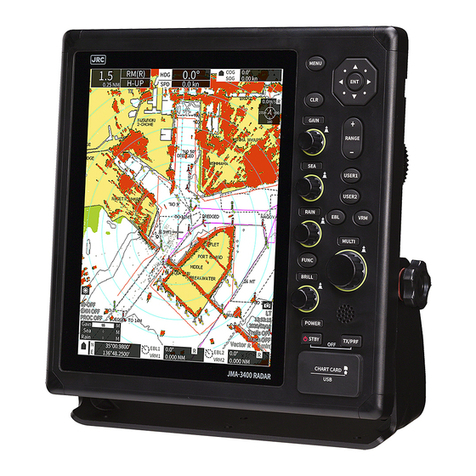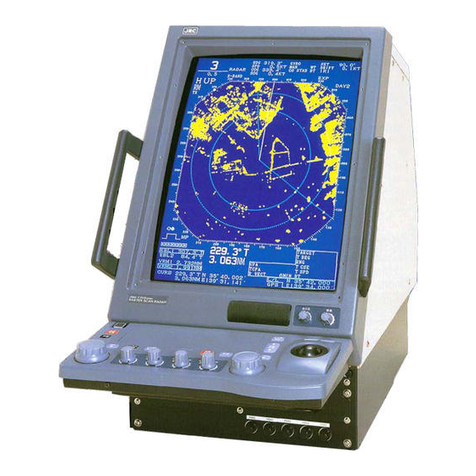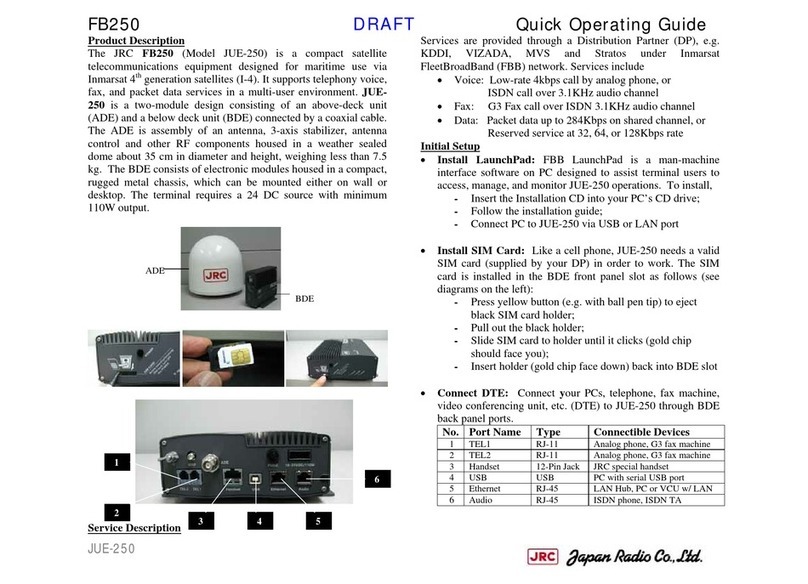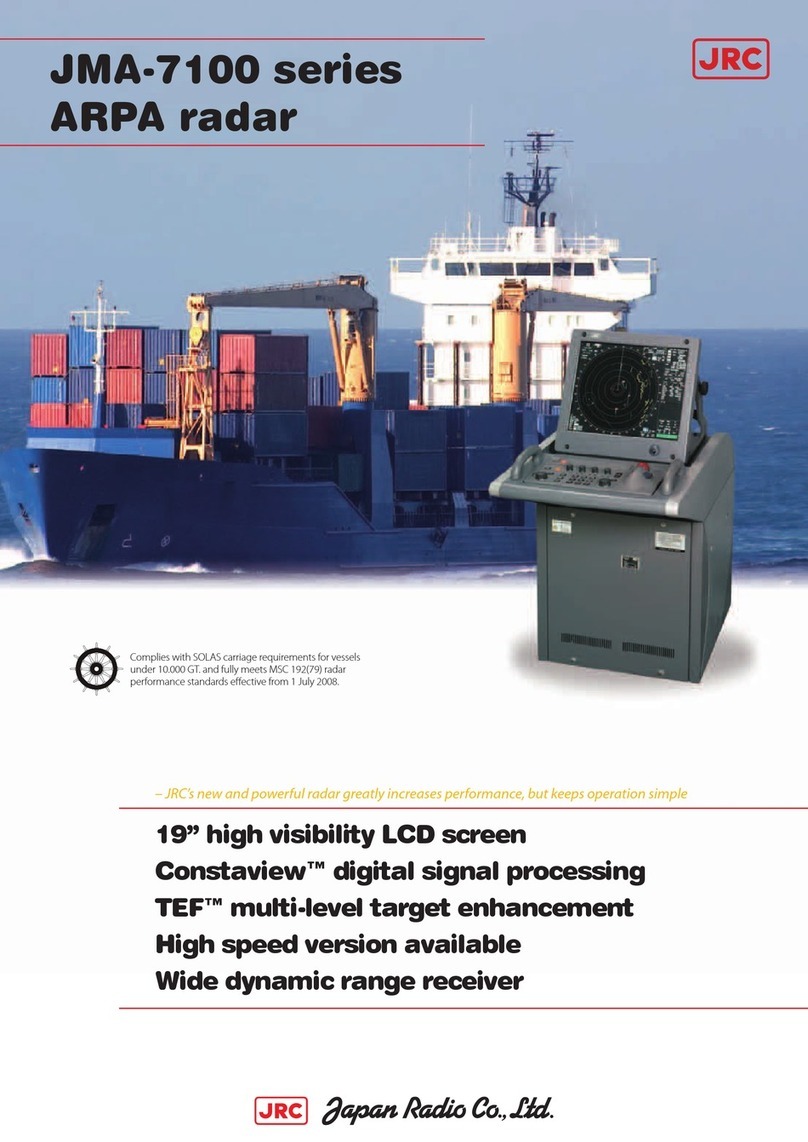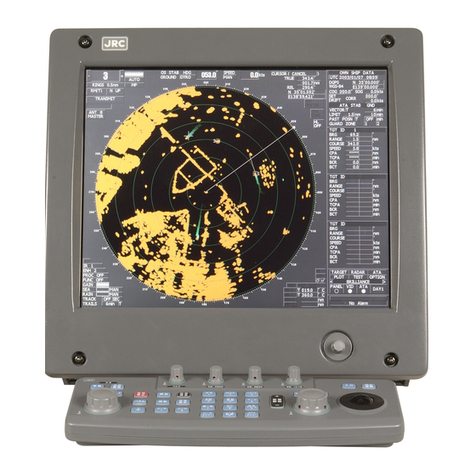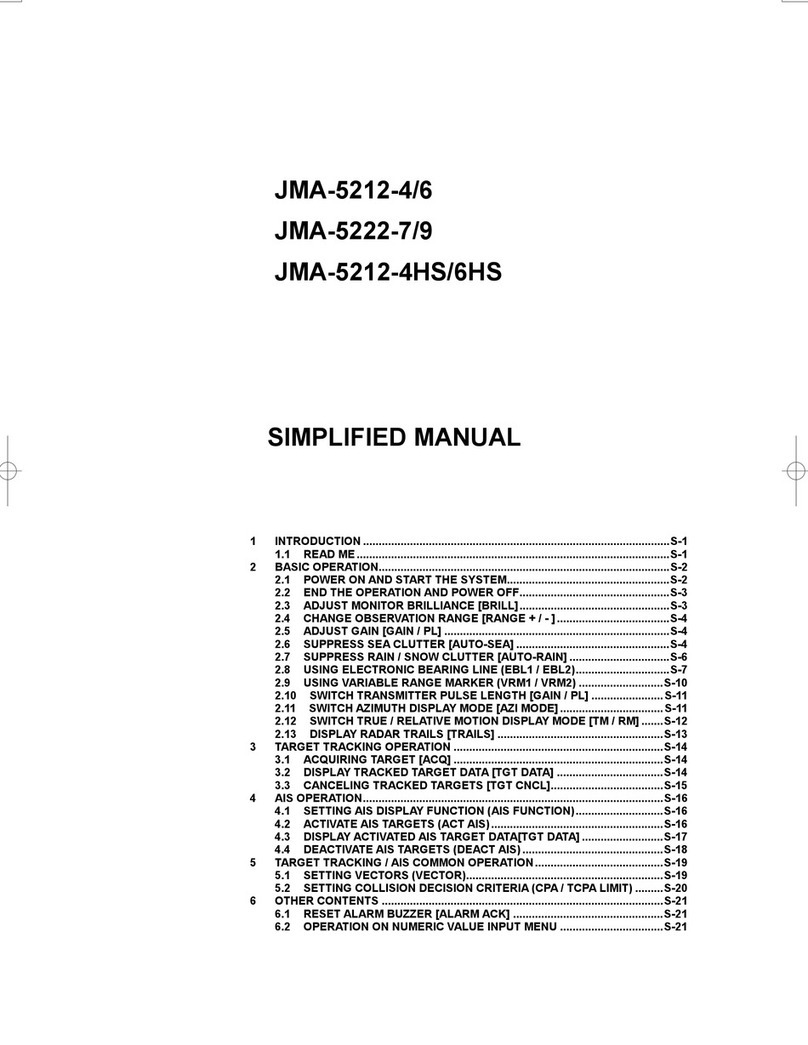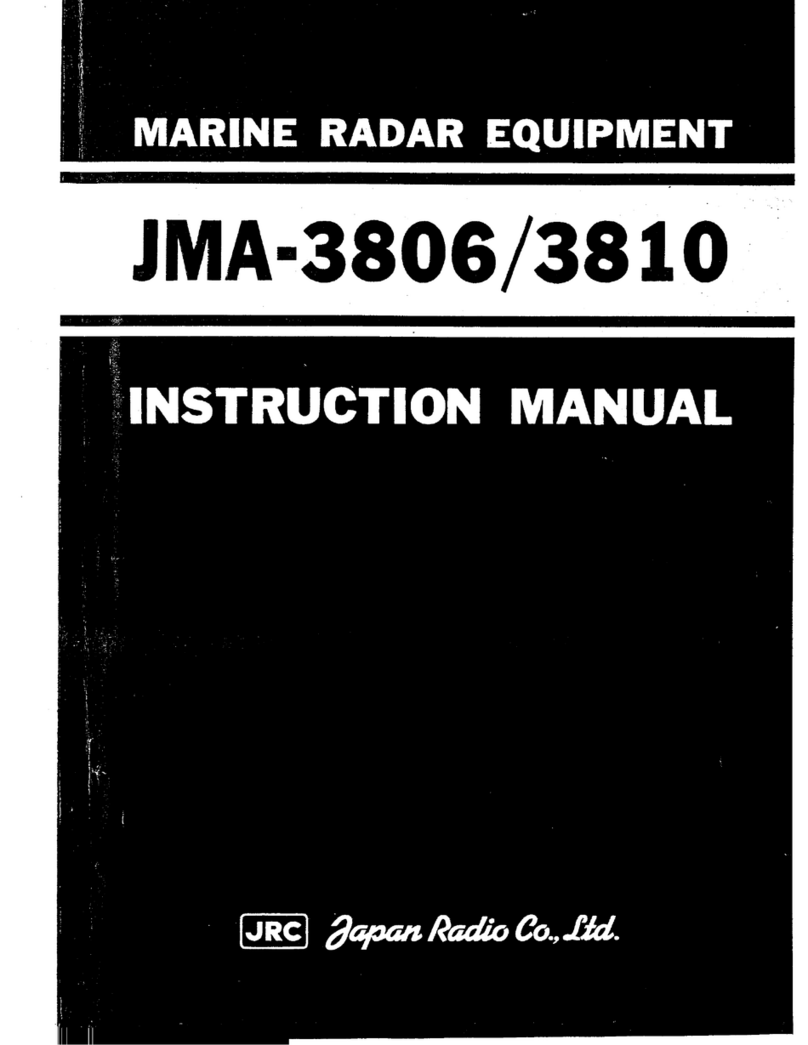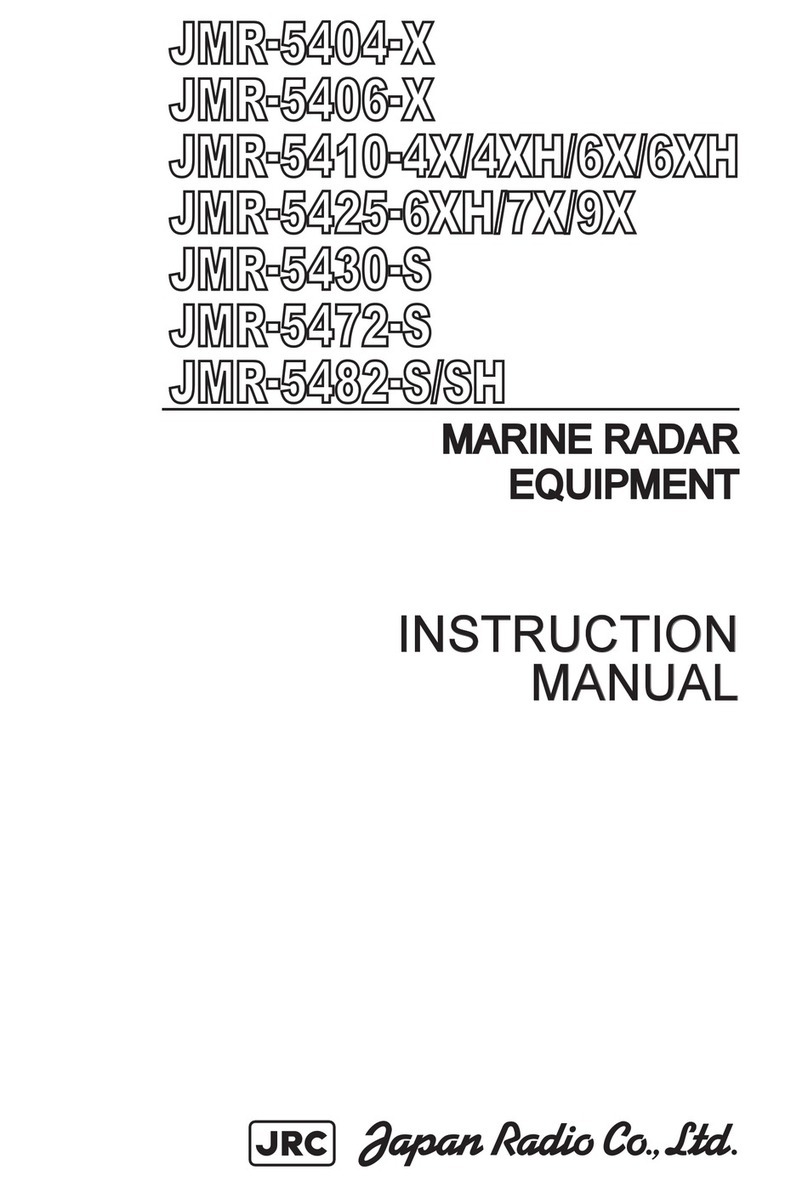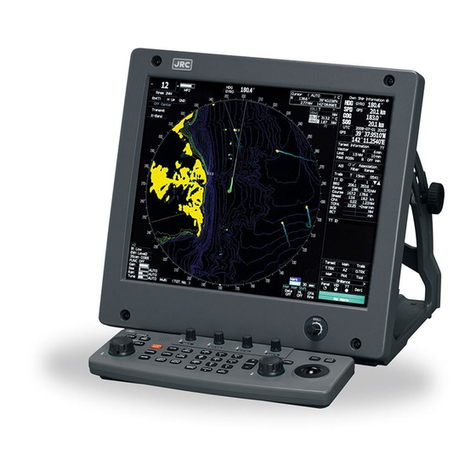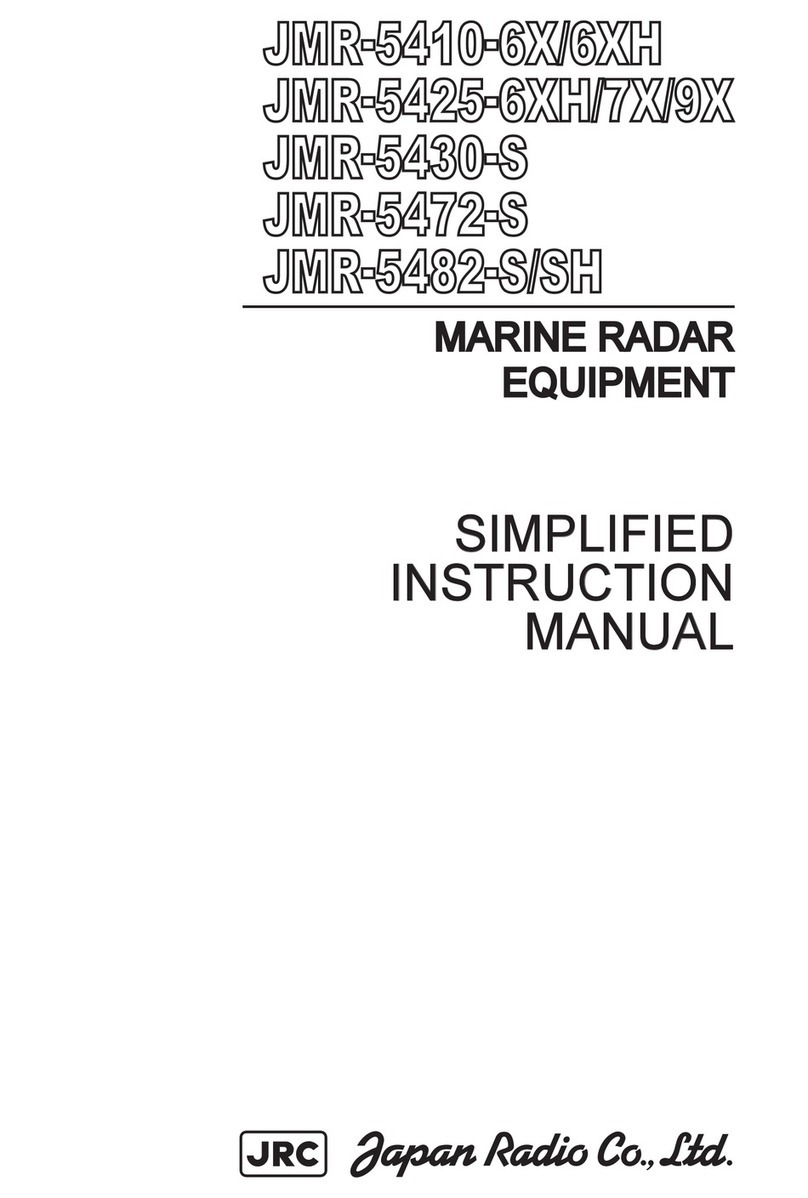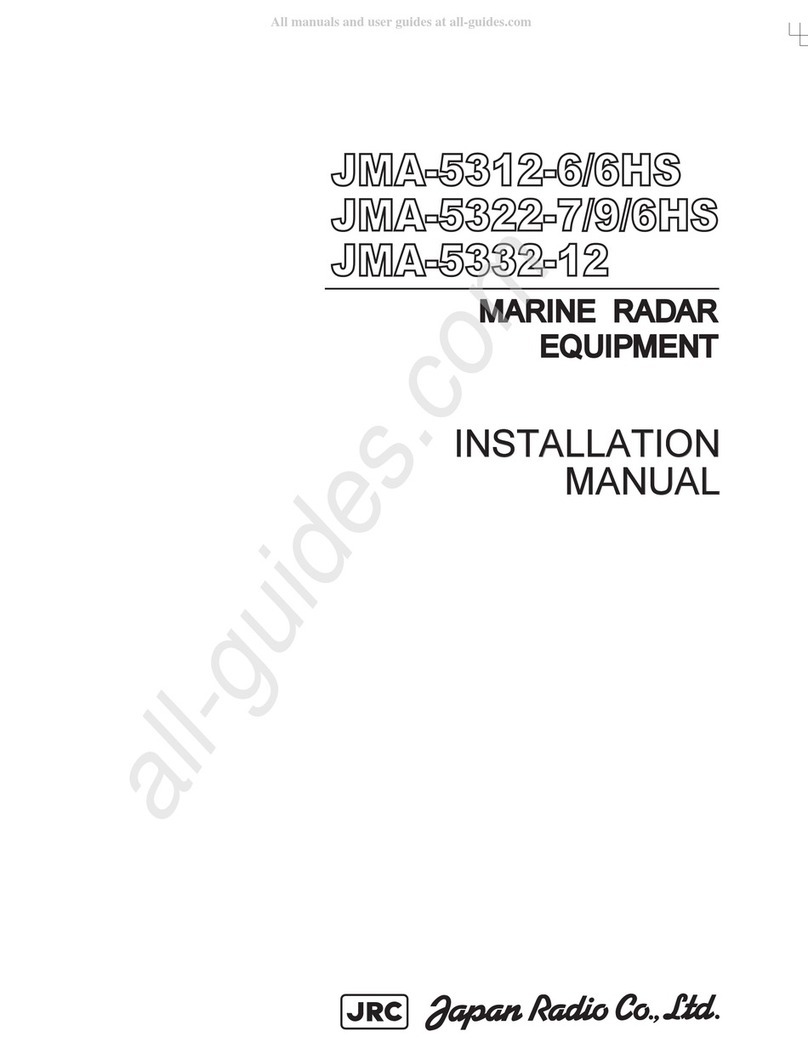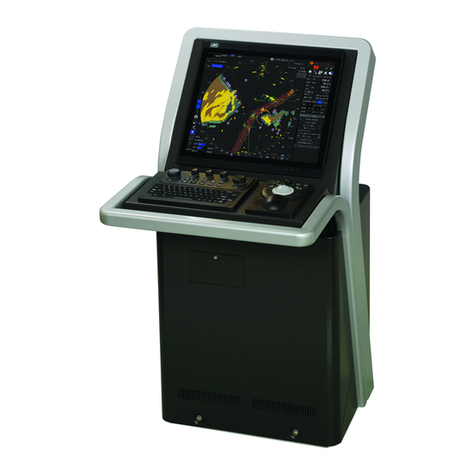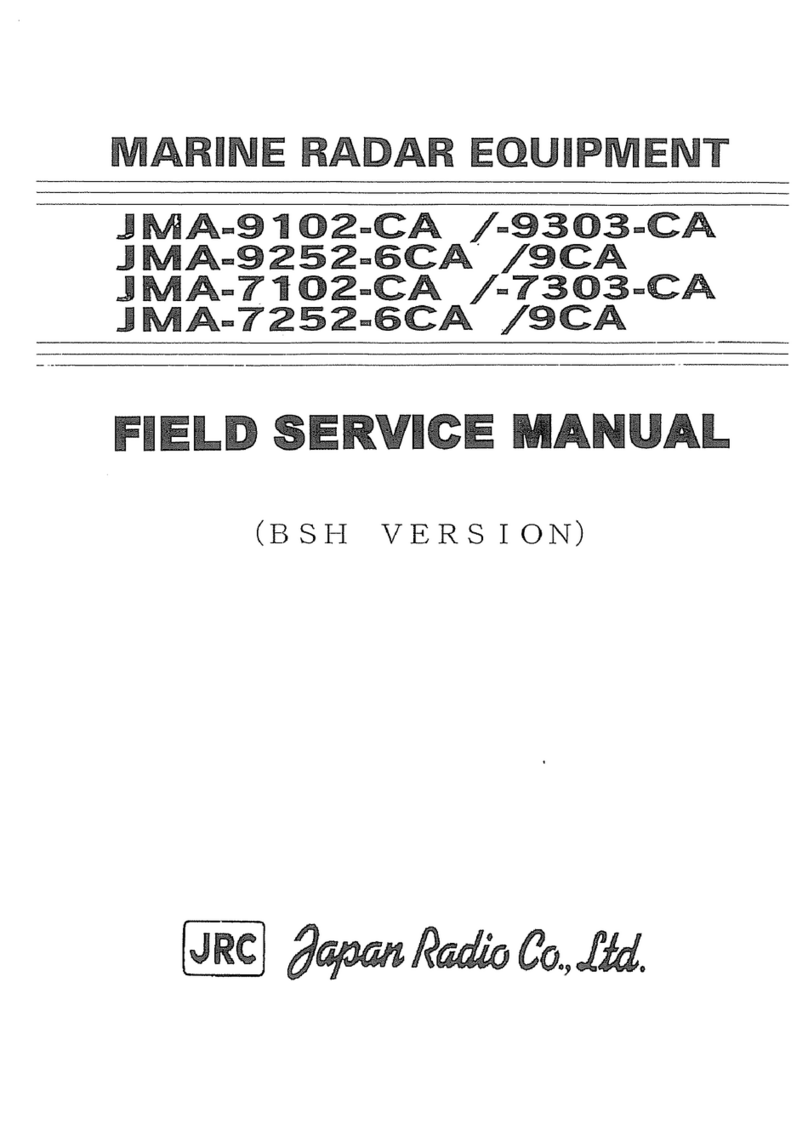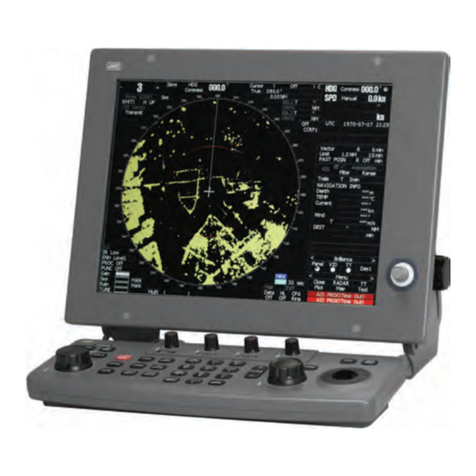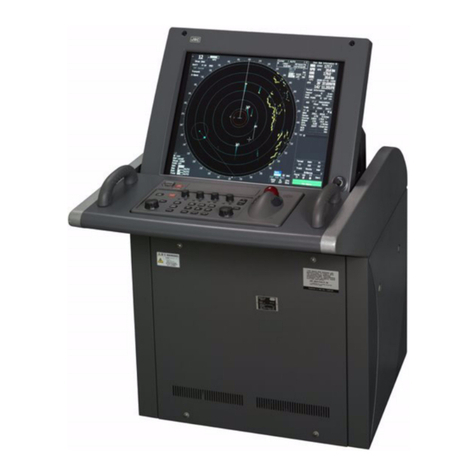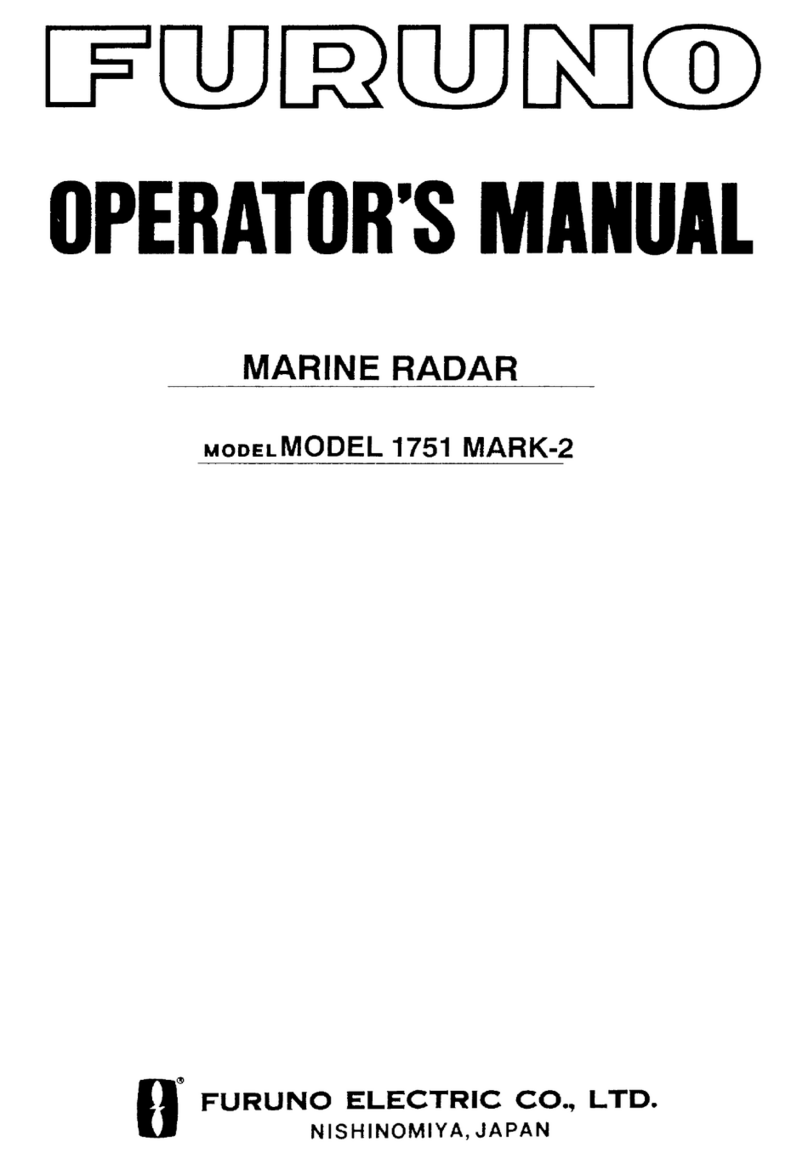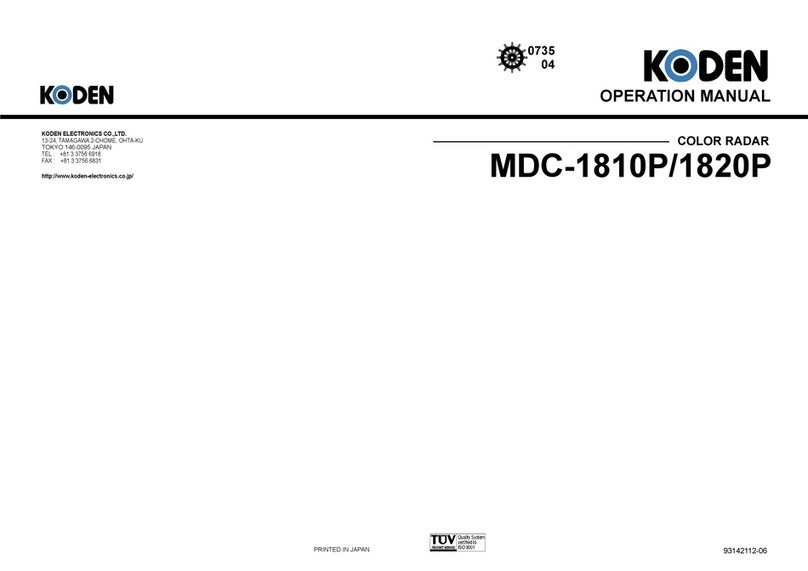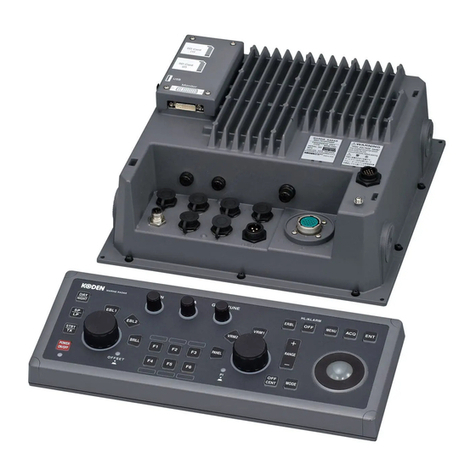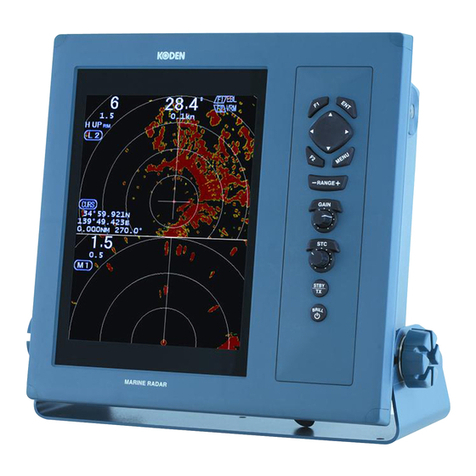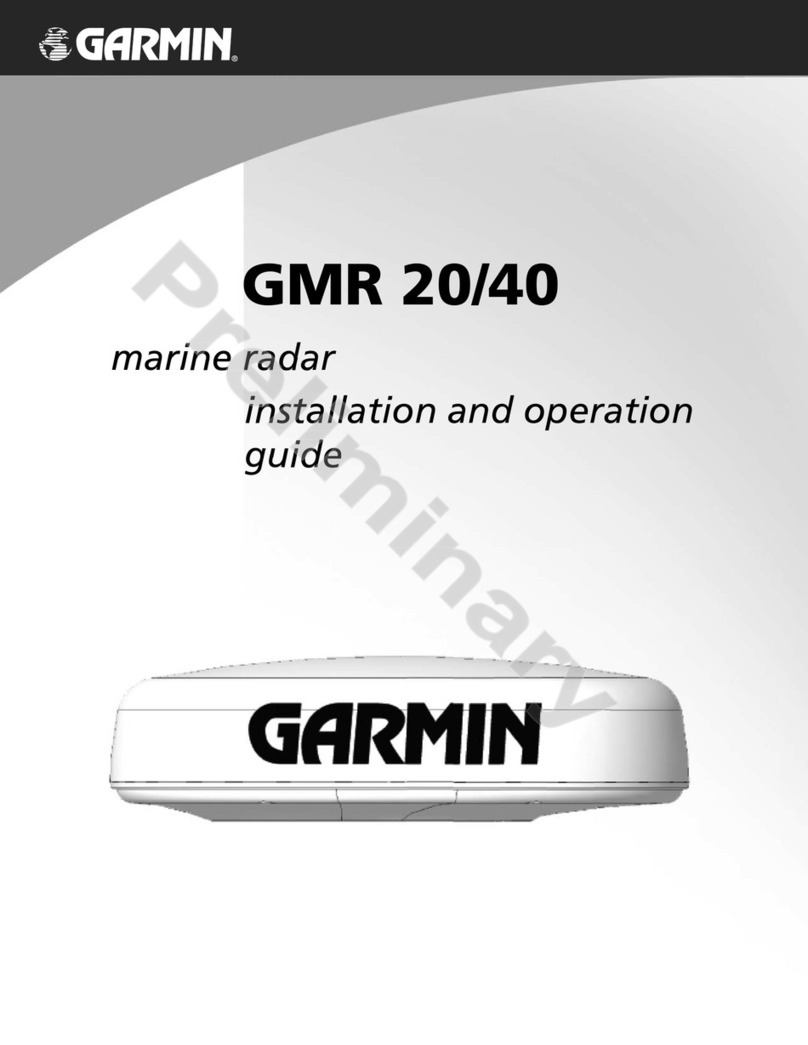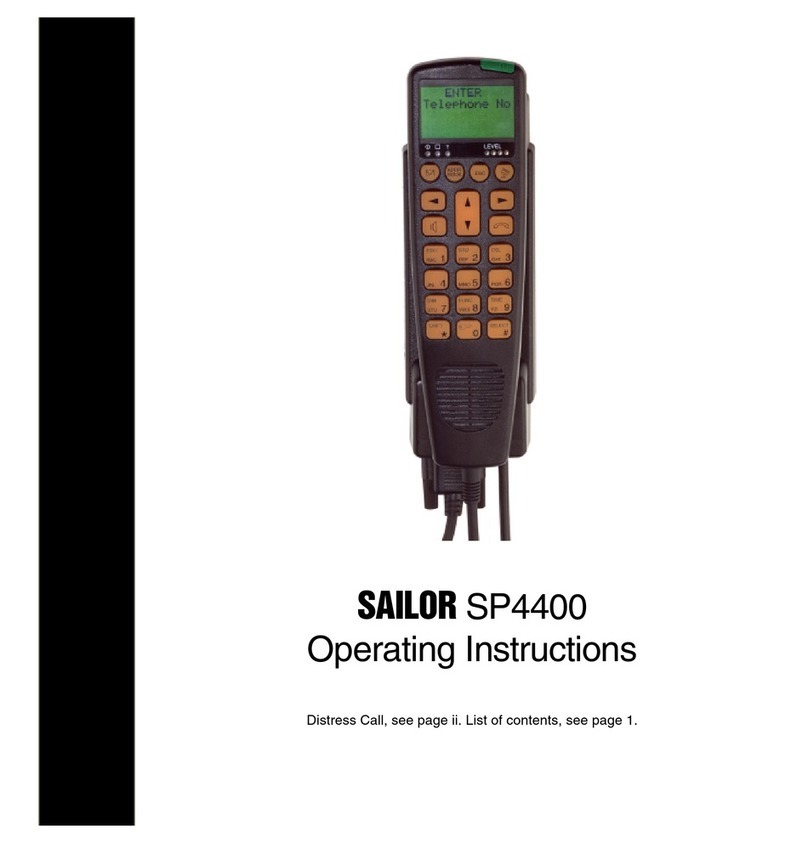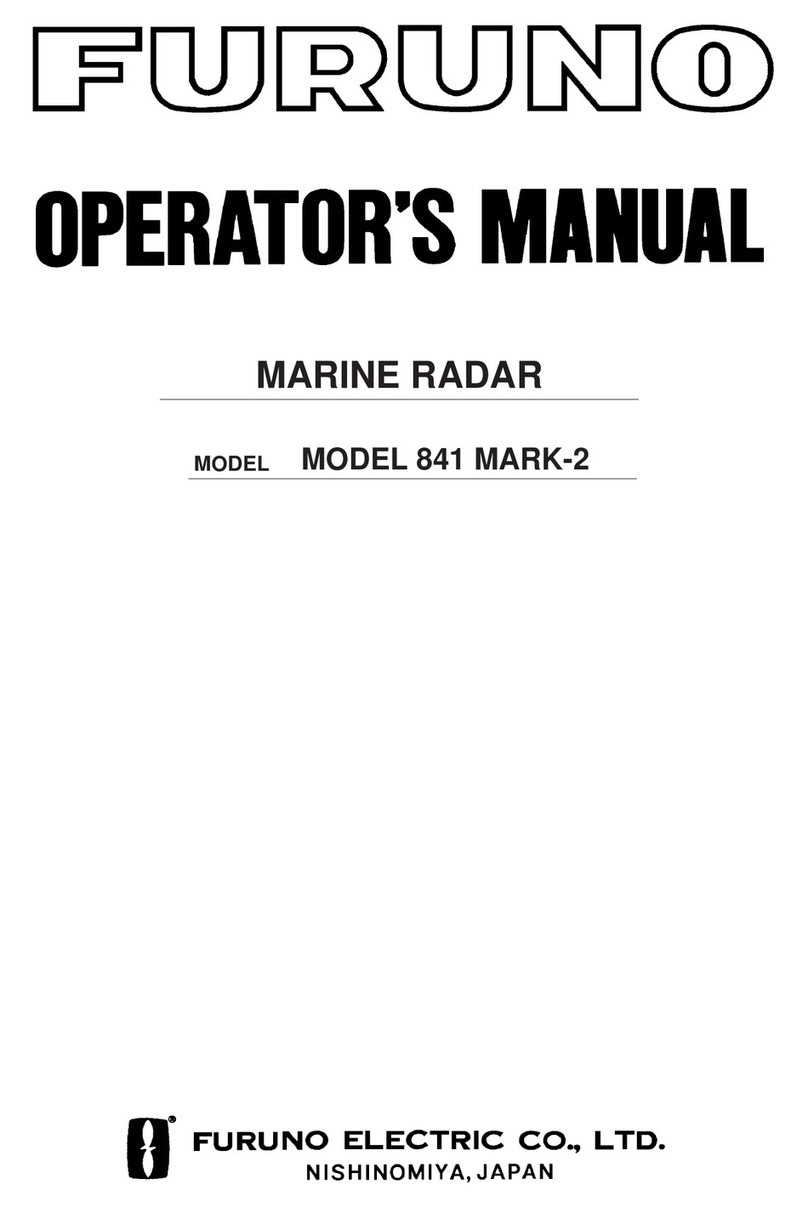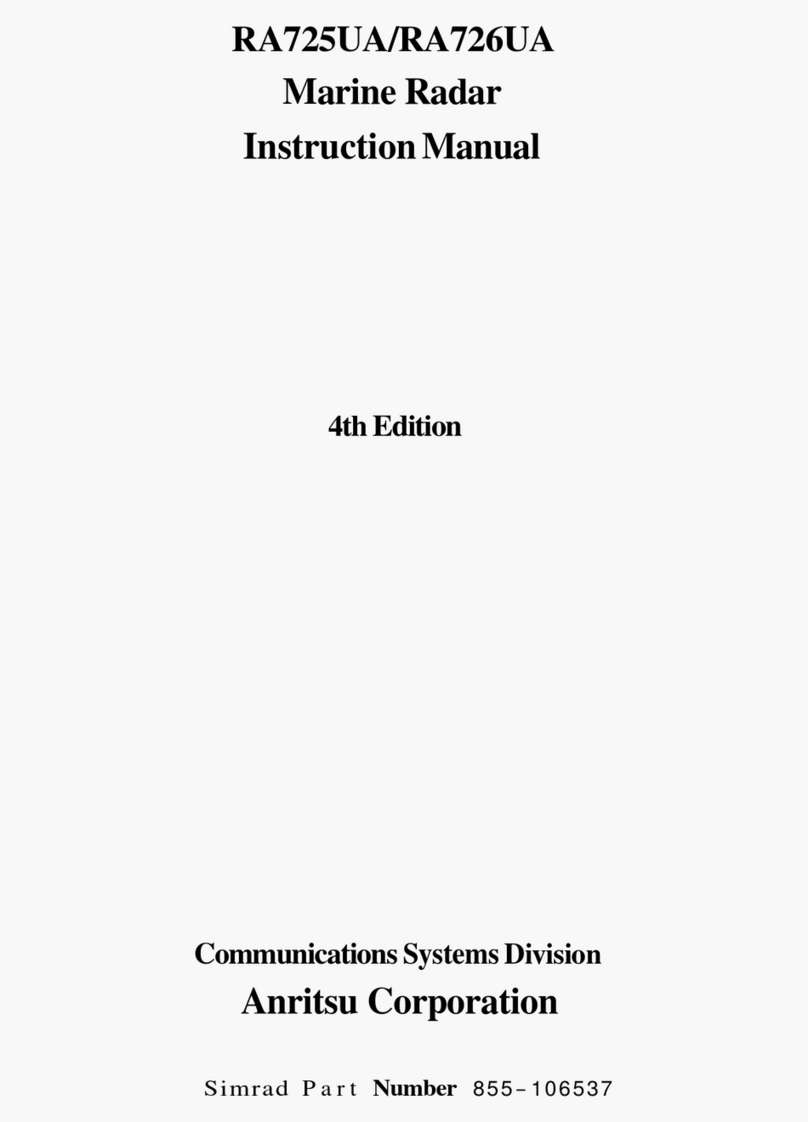
FIRST-AID TREATMENTS
viii
9
When to stop cardiopulmonary resuscitation (CPR)
a) When the injured or ill person has been handed over to the
emergency services
b) When the injured or ill person has started moaning or breathing
normally, lay him/her on his/her side in a recovery position and
wait for the arrival of emergency services.
10
Arrival and preparation of an AED
a) Place the AED at an easy-to-use position.
If there are multiple first-aiders, continue
CPR until the AED becomes ready.
b) Turn on the power to the AED unit.
Depending on the model of the AED, you
may have to push the power on button, or
the AED automatically turns on when you
open the cover.
c) Follow the voice prompts of theAED.
11
Attach the electrode pads to the injured or ill person's bare chest
a) Remove all clothing from the chest, abdomen, and arms (male or female).
b) Open the package of electrode pads, peel the pads off and securely
place them on the chest of the injured or ill person, with the
adhesive side facing the chest. If the pads are not securely attached
to the chest, the AED may not function. Paste the pads exactly at
the positions indicated on the pads, If the chest is wet with water,
wipe dry with a dry towel and the like, and then paste the pads. If
there is a pacemaker or implantable cardioverter defibrillator (ICD),
paste the pads at least 3cm away from them. If a medical patch or
plaster is present, peel it off and then paste the pads. If the injured
or ill person's chest hair is thick, paste the pads on the chest hair
once, peel them off to remove the chest hair, and then paste new
pads.
c) SomeAED models require to connect a connector by following voice
prompts.
d) Do not put child pads on adults (older than 8 years).
12
Electrocardiogram analysis
a) The AED automatically analyzes electrocardiograms. Follow the
voice prompts of the AED and ensure that nobody is touching the
injured or ill person while you are operating the AED.
b) On some AED models, you may need to push a button to analyze
the heart rhythm.
13
Electric shock (defibrillation)
a) If the AED determines that electric shock is needed, the voice
prompt saying, "Shock is needed" is issued and charging starts
automatically.
b) When charging is completed, the voice prompt saying, "Push the
shock button" is issued and the shock button flashes.
c) The first-aider must get away from the injured or ill person, make
sure that no one is touching him/her, and then press the shock
button.
d) When electric shock is delivered, the body of the injured or ill
person may jerk.
Turn on the power.
Press the shock button.
